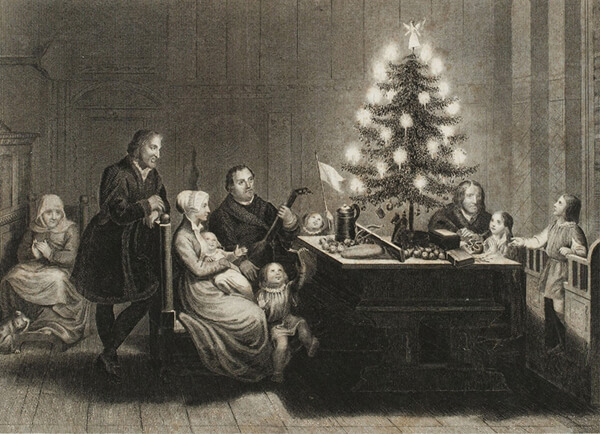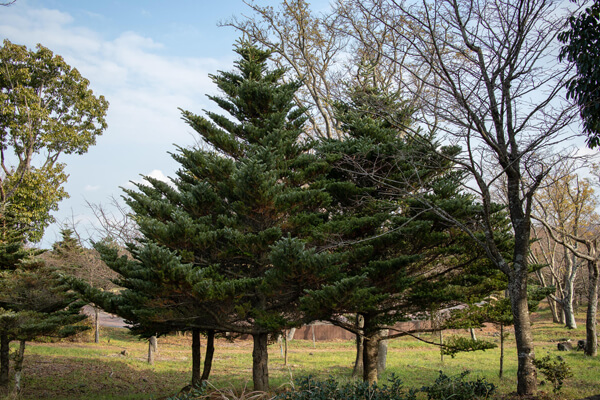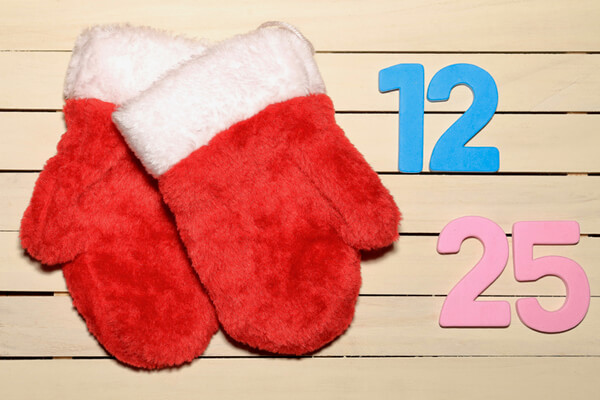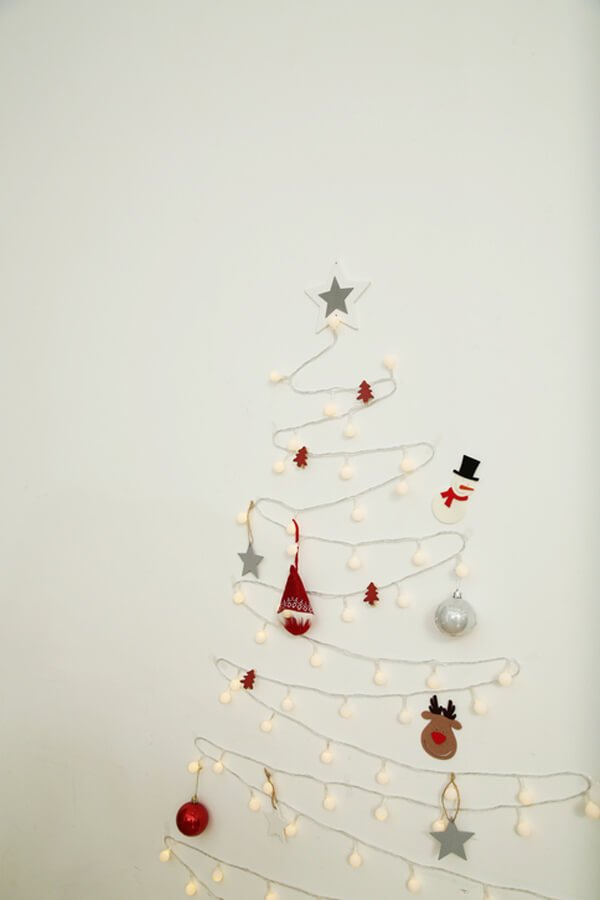Christmas is a day commemorating the birth of Jesus in Christianity. In places celebrating Christmas, it’s common to see a tree. The tree, typically an evergreen conifer, is set up indoors or outdoors and decorated with lights and ornaments, symbolizing Christmas. This year, as usual, trees are being set up all over the country in anticipation of Christmas, and some places are already gaining attention. We looked into when the tradition of the Christmas tree began and what symbolic meanings the tree carries.

Do you know the origin of the tree?

The tree, a symbol of Christmas, has several theories about its origin. These include the ‘Egyptian Festival Theory,’ which states that trees used in festivals celebrating the winter solstice in Egypt were considered sacred and decorated, the ‘Roman Festival Theory,’ which suggests that the current practice of decorating trees evolved from Roman times when branches of fir trees were decorated with candles, and the ‘Strasbourg Theory,’ which claims that in France in 1605, during Christmas, a ‘Tree of Heaven’ was erected in front of the cathedral during performance times, decorated with cookies and surrounded by candles to make it shine.

Why write ‘X-mas’?

There are cases where Christmas is abbreviated as ‘X-mas,’ but the X here is not the English alphabet X, but originates from the ancient Greek word Christos. This began to be used popularly as some English-speaking people started using X-mas for Christmas. Therefore, X-mas should be pronounced as Christmas, not ‘ex-mas.’

What the Christmas tree symbolizes

The twinkling tree and the big star on top symbolize the star that the Magi followed when Jesus was born. The Christmas tree represents the tree of knowledge of good and evil in the Garden of Eden and the tree of life, signifying the birth of Christ for the salvation of mankind. The red beads used as decorations represent the fruit of the tree of knowledge of good and evil, while the white beads symbolize the body of Jesus, who was sacrificed to cleanse original sin.

The most commonly used tree is a Korean tree

As the end of the year approaches, we often see Christmas trees. Since Christmas originated in the West, many people assume the trees also came from the West. However, surprisingly, the tree most commonly used as a Christmas tree is the ‘Korean Fir’ from Jeju Island. About 100 years ago, French missionaries collected plants from Japan and Korea, and later, a British botanist studied the samples, making them widely known. Since then, the Korean Fir has become the most beloved tree worldwide during Christmas.

Remember buying a Christmas seal at least once?

Christmas seals were first issued by the postmaster of a small village in Copenhagen, Denmark, in 1904. The idea of attaching a seal to Christmas mail evolved into a global fundraising campaign. Currently, over 120 countries issue seals, continuing the symbol of tuberculosis eradication. In our country, they began issuing them in the 1930s, and nowadays, various products such as electromagnetic wave-blocking stickers, mugs, and postcards are replacing seals.

Christmas had various dates

Christmas is a memorial day set to commemorate the birth of Jesus Christ. In the early days of Christianity, each church designated different dates for Christmas. The Catholic and Protestant churches chose December 25th, while the Eastern Orthodox Church, the state religion of the Eastern Roman Empire, chose January 7th. The familiar date of December 25th comes from the time of Pope Julius I, and by the end of the Eastern Century, it was recognized throughout the Christian world.

Santa Claus and Rudolph, not to be missed

You can’t leave out Santa Claus and Rudolph when you think of ‘Christmas.’ Where did Santa Claus and Rudolph originate? In the past, a man named Saint Nicholas secretly performed many acts of charity, and it’s from his charitable deeds that the story of Santa Claus is said to have originated. Rudolph first appeared in a book by an author named Robert Louis May in 1939. Despite being smaller and younger than the other reindeer, Rudolph had a shining red nose and is said to have guided Santa’s way.

The fun of collecting ornaments

If you have a Christmas tree ready, cute ornaments are a must! The fun of collecting ornaments, which can also be seen as the completion of the tree, is quite enjoyable. For a green tree, we recommend a warm red and clean white combination. If you’re tired of ordinary ornaments, there are tree ornaments made of tin cases and warm knit balls. The advantage is that there’s no worry about decorations breaking or powder scattering, making it easy to clean up.

Wall-hanging trees are also popular

The Christmas tree is often perceived as taking up a lot of space and being cumbersome to clean up, but there’s no need to necessarily stand the tree on the floor. Wall trees can create a Christmas atmosphere with cute ornaments even without a separate space. Also, you can hang various decorations or photos regardless of the season for interior effects.

This year’s tree hotspots in Korea?

As Christmas tree decorations heat up and competition intensifies among department stores, certification shots are being uploaded one after another. It’s said that you need to make a reservation and visit in advance for the media façade of Shinsegae Department Store and Santa Village of Hyundai Department Store. Also, at the Siheung Terrace branch in Gyeonggi-do, you can see the Christmas tree and illumination lighting. The majestic trees and decorations that fill the terrace lawn garden offer a variety of sights and attractions, making it famous enough to visit from afar.
By. Jeon Sin Young










Most Commented